New England, Northern Slopes
Jilly
New England Chardonnay 2023
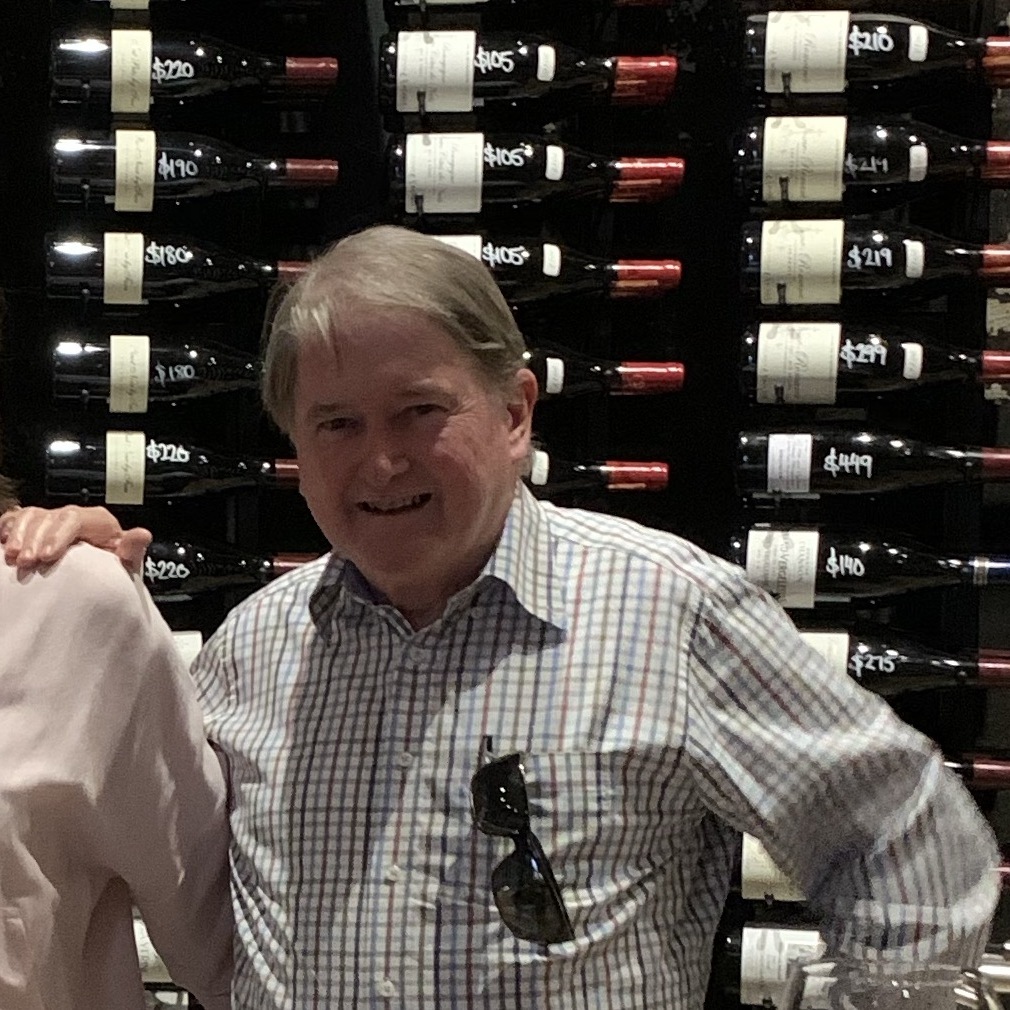
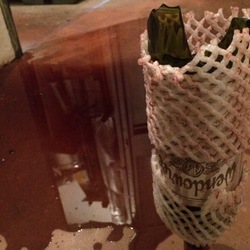
I have a customer that has it by the glass
Jilly
Lone Ranger Cabernet Franc
Skin contact, good tannins, gorgeous color — 6 years ago
Topper's Mountain Vineyard
Nebbiolo 2011
Mid crimson with some transparency - the appearance of a red burgundy. Aromas of tar and rose petals with licorice/aniseed. Aromatic and savoury together - not a lot of fruit on the palate. A good food wine and a good rendition of a new world Nebbiolo - not unlike a Langhe Rosso. — 7 years ago
Rene Rostaing
Ampodium Côte-Rôtie Syrah 2010
2010 was a very good vintage in Rhône. Rostaing is a well know producer with people that know and drink Northern Rhône wines, not so much with others that do not. The Ampodium is the entry level into Rene & Pierre Rostaing wines. It is a blend of 13 vineyards in Northern Rhône. They are simply one of the very best producers in the region. I spent an afternoon with Rene & his son Pierre tasting in the their cellar and in their La Landonne vineyard as shown in the photos. The 2010 is drinking beautifully with many good years ahead. On the nose; ripe & slightly stewed/baked fruits of; blackberries, dark cherries, strawberries, creamy raspberries, stewed plum, black raspberries, cherries, steeped fruit tea, dry crushed rocks, iron pan, some white & black pepper, bacon fat, grilled savory meats, pork, black licorice, black cherry cola, decayed & fresh red florals with violets. The body is round and medium full. The tannins round, still a little chewy & around 55% resolved. The length, texture, tension and balance are in near perfect harmony. The fruits are; round, ruby & ripe; slightly stewed/baked fruits of; blackberries, dark cherries, strawberries, creamy raspberries, stewed plum, black raspberries & cherries. Steeped fruit tea, dry crushed rocks, chalky minerals, iron pan, coffee grounds, spice, some baking spices w/hints of vanilla, white & black pepper, drying blood, dry herbs/bay leaf, dry stems, moderate levels of bacon fat & pork, grilled savory meats, black licorice, black cherry cola, decayed & fresh red florals with fresh violets for days. The acidly is round and dripping. The long finish is plush, velvety delicious and lasts & lasts. In good vintages, I would put this in blind with the best of of the best new world wines from any vintage that many love; SQN, Booker, Saxum, Alban, Cayuse, Horsepower etc.. I’d bet most of you would pick it over these producers that cost much more $$$. It’s simply one of the best pound for pound wines/producers for this varietal. Especially, for the $$$. Wow, what a wine for the $. $55 upon release. Photos of; Winemaker Pierre Rostaing and our group in their La Landonne vineyard, the small sign that barely identifies their Estate, an example of the Quartz mineral that runs throughout their La Landonne vineyard and the view back onto the river from the top of the very steep La Landonne Vineyard. Producer notes and history...Rene Rostaing produced their first wine in 1971. However, it took almost three decades before wine became a full time occupation for Rene Rostaing. Domaine Rene Rostaing came about through marriage. The wife of Rene Rostaing was the daughter of the famed Cote Rotie grower, Albert Dervieux, and the niece of Marius Gentaz-Dervieux who gave Christine the vineyard land that became the Northern Rhone estate for Rene Rostaing. Through inheritance from Albert Dervieux Thaize (his father-in-law) who retired in 1990, and from Marius Gentaz Dervieux, his uncle, Rene Rostaing expanded his holdings, giving him some of the best terroir in Cote Rotie. The new vineyard land was basically 3 small parcels in the La Landonne, Cote Brune and Vialliere lieux-dits. This initial expansion from his initial tiny parcel, allowed Rene Rostaing to change careers and become a full time vigneron. Since 2007, the estate has managed by Pierre Rostaing, (son) of Rene Rostaing. Currently Rene Rostaing owns 7.5 hectares of vines that is spread out among 20 different parcels located in 14 locations. Perhaps the most celebrated vines of Rene Rostaing are the 1.6 hectares of vines they own in the La Landonne vineyard (photo). On La Landonne, the vines are more than 60 years old. Some vines are even close to 100 years of age! Those are his largest holdings. The smallest vineyards of Rene Rostaing are located on Cote Blonde. Rene Rostaing also has vines planted in; Fonjean, La Vialliere, Le Plomb, Bouchare, Leyat, La Roche and La Tupin. Their oldest vines are more than 70 years old and are used for Rene Rostaing Cote Blonde. The majority of those plantings are on the steep hillsides with mica, schist and rocky soils. 25% of those vines are closer to the bottom of the slopes and on the flats. Rene Rostaing remains a traditional Cote Rotie producer who is not among the last to harvest. His wines are aged using very little new, French oak barrels. On average, Rene Rostaing Cote Rotie are aged in about 10% new French oak barrels. Rene Rostaing produces 4 different Cote Rotie wines. Rene Rostaing Ampodium, which was previously known as Rostaing Cuvee Classique, is a blend of 13 sections of different vineyards, but it does not include their best holdings on La Landonne or Cote Blonde. The fruit for Rene Rostaing Ampodium has at least 40% or more of the stems removed and run between 12-13.5% abv. The wine is usually made from 100% Syrah and is aged in an average of 15% to 25% new, French oak barrels. The amount of new oak can be less, depending on the character of the vintage. About 1,750 cases are produced each year. The wine is no longer called Cuvee Classique, the name was changed to Rene Rostaing Ampodium with the 2009 vintage. Rene Rostaing La Landonne comes from a terroir consisting of sands with iron oxide and traces of quartz. This wine is always produced from 100% Syrah. The grapes are partially destemmed, with about 10% to 20% of the stems removed, depending on the vintage. There are vintages when no destemming takes place. The remainder of the grapes are whole bunch fermented in stainless steel vats. Rene Rostaing is not a believer of using too much new oak for the aging, which on average uses 10% new, French oak barrels and the remainder of the harvest is aged in demi-muids (600 liter) and French oak barrels. This wine is like most wines from La Landonne, masculine and meaty in character, requiring at least a decade to soften and develop. On average, Rene Rostaing La Landonne produces less than 600 cases depending on what the vintage delivers. Rene Rostaing Cote Blonde is perhaps his best. It’s produced from a blend of 95% Syrah and 5% Viognier. The grapes are co-fermented. The vineyards is planted in the region call Arzel. Arzel is a poor, mineral laden soil with deposits of Silex and Mica on a steep hillside. The vines are more than 50 years of age. The grapes are partially destemmed…35% to 50% of the stems are removed. The remainder of the grapes are whole bunch fermented in stainless steel vats.
The remainder of the harvest is aged in demi-muids. This one is the hardest to find and most collectible of all their wines. In fact, they only produce close to an average of 350 cases of Cote Rotie in most vintages. Rene Rostaing Cote Brune made its debut with the 2013 vintage. The vines were once part of the holdings of Marius Gentaz, which eventually passed to Rene Rostaing. Rostaing replanted those vines in 2000. Made from 100% Syrah. — 8 years ago
Jilly
Lone Ranger Chardonnay 2022
Perhaps a different label
I was told the grapes were sourced quite locally.
I bought in Byron Bay and i got quite curious to be honest.
Apparently there is this new wine region called New England that has been put on the map by this Lone Ranger called Jared Dixon.
I found it really good, minimal intervention. Drinking very well.
A new frontier, but in reality a very old place for grape growers; first settlers in 1850s started a vineyard here, quite a well known Hunter Valley family too they were, the Wyndham's.
Very interesting, i might want to explore more of this. — 2 years ago

Jilly
White Wolf of Cumbria Tempranillo Blend 2019
I am amazed that Delectable could identify this wine - well done! This is a Rose made in Clunes in far northern NSW inland from Byron Bay dining at Harvest at Newrybar. This Rose was a quite rich bronze in colour. Interesting mix of varieties with Tempranillo, Shiraz and Durif. Very aromatic with burnt toffee and ginger notes. On the light to medium weight palate more spicy and savoury than fruit driven - with dry cherry notes in searching for a fruit descriptor. Quite a find - I didn’t know wine was made in this district and will be seeking this out for purchase. — 6 years ago
E. Guigal
Hermitage Syrah 1999
Blown away by this 1999 tonight. Lots of great New England sports tonight so I needed something with some backbone. This is really terrific! #goredsox #gopatriots — 7 years ago
BrewDog
The Vermont Sessions Northern Monk Session New England IPA
Tropical, juicy, refreshing — 5 years ago
Topper's Mountain Vineyard
Gewürztraminer 2015
Textbook Gewurtztraminer from the unlikely New England area near Tingha, an hour or two’s drive south of the Granite Belt but made by Mike Hayes in the latter. Aromas and flavours of Lychees and Turkish Delight with moderate acid and great length. Was a perfect match with Smoked Cod. I usually have a Pinot Noir with richer fish dishes and I had opened a cracker with the 2009 Bass Phillip Premium as well to compare but the Gewurtz was the better matchup. — 6 years ago


Topper's Mountain Vineyard
Bricolage Blanc
Third glass of wine at Firedoor 😳😳 refreshing and sweet, from New England, Australia. Hits my heart given I’m from New England, US. check it out @David Lincoln — 8 years ago





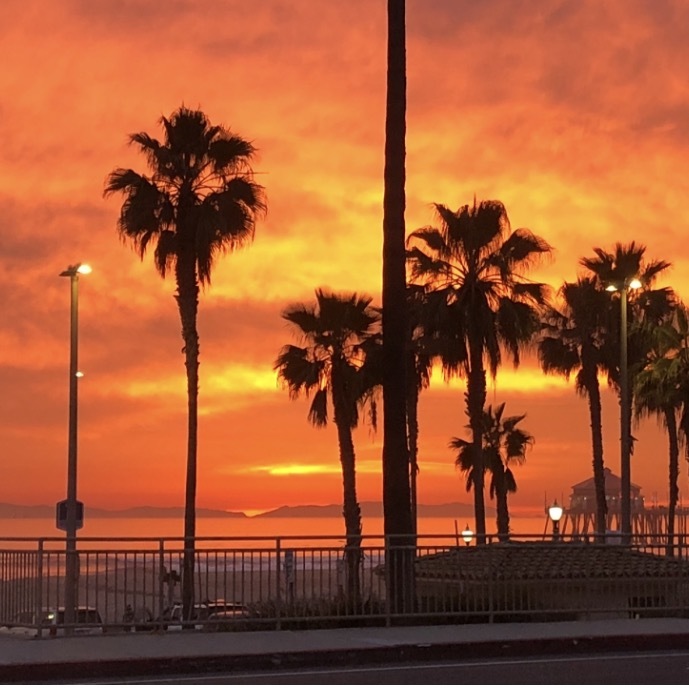
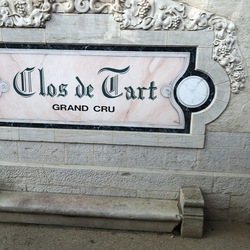
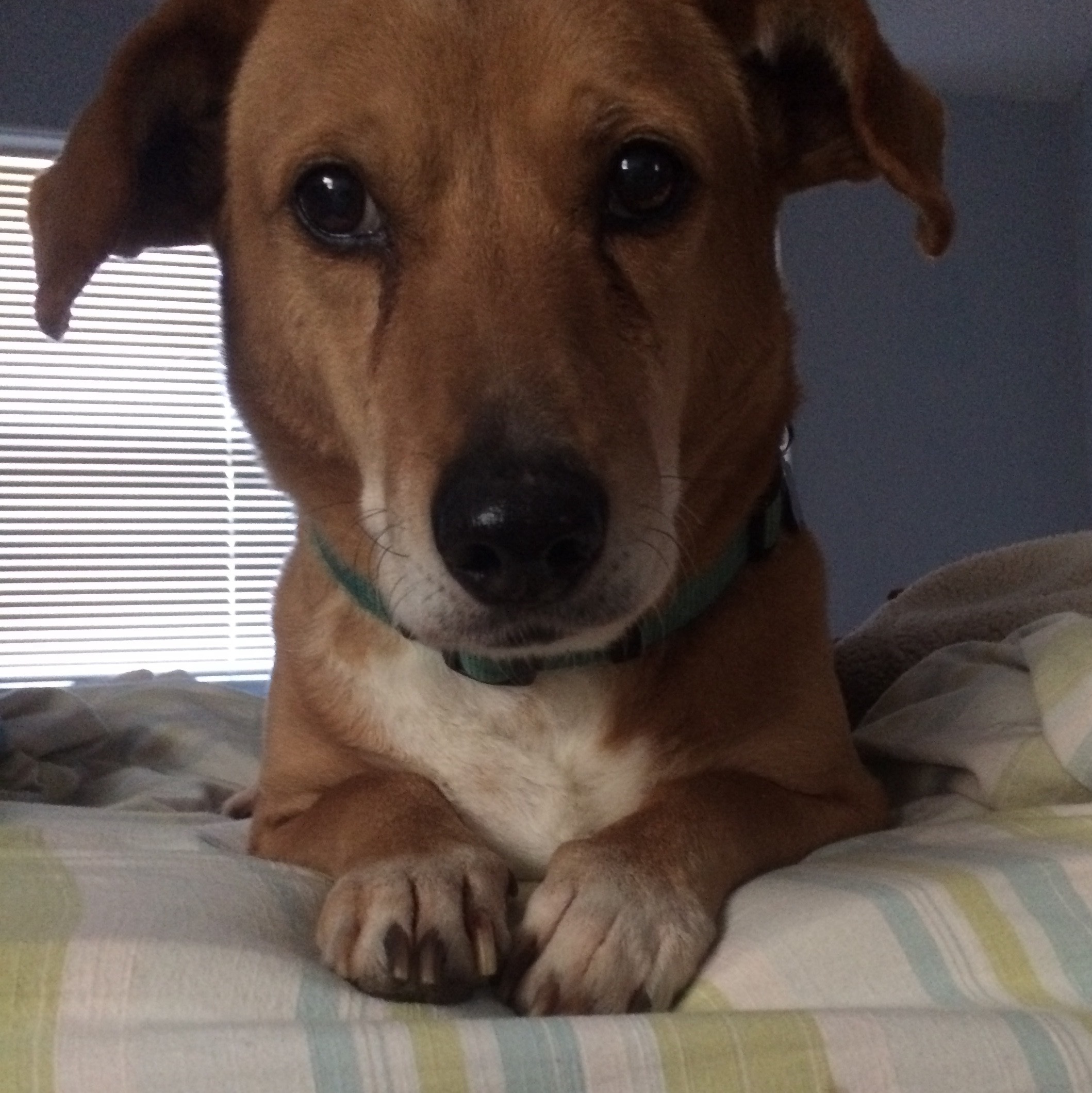

Ceccherini Cristiano
I went to Clunes to try and meet Jared but he was working in the vineyard
They are building a cellar door
It's going to be awesome
The place is so amazing
It feels like being in Tuscany
Ondulating hills, luscious landscape
I met Brian (?), Jared's father who is very proud of what his son does, as he should.
Most fruit comes from the New England region but they just gather the best they can.
Clunes is 700m high or more.
Btw the wine was delicious
It had a macadamia flavour...it might be suggestion of course...those hills are absolutely infested with macadamia farms.
It was balanced, easy and complex and the same time. And it prints a memory of the place in you mind.
I never thought you could make wine in a subtropical region, leave alone that good.
6 months and they open the cellar door.
I will go back and update you and myself.
I wish i had a 1 year of my life to give away and spend in that part of the world..I'd go tomorrow! — a year ago